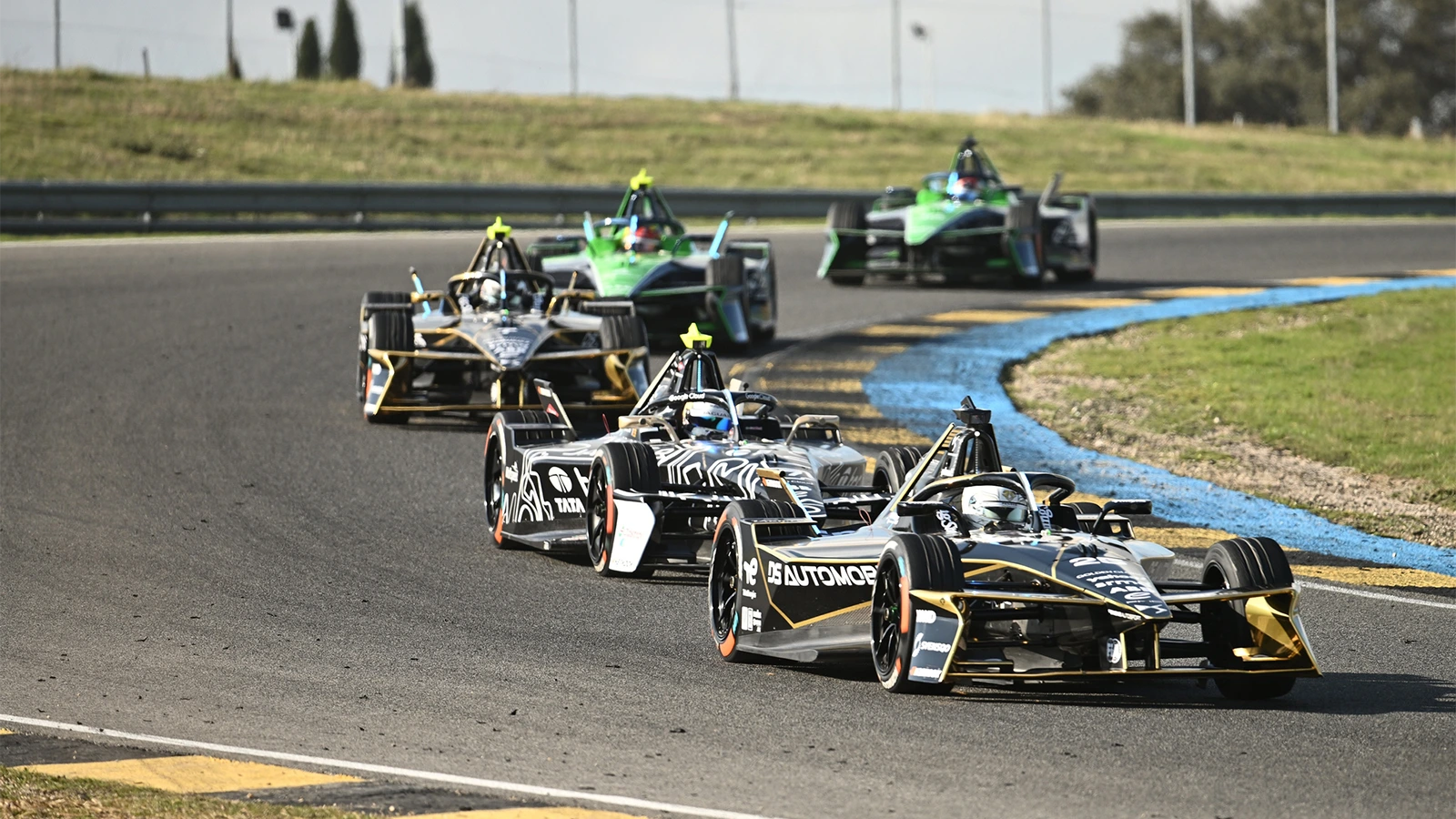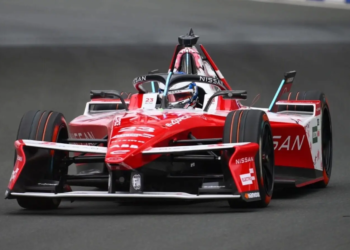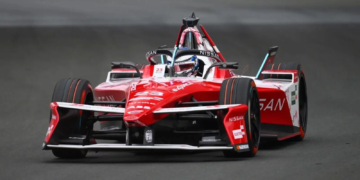Sim racing has seen a rise in popularity, providing fans with the excitement of motorsport from the comfort of their homes. As Formula E gains fame in actual racing, the transition from conventional combustion engines to electric-powered vehicles is also stirring changes in virtual environments.
Let’s explore how sim racing is evolving in response to Formula E and what this development signifies for players, game developers, and the future. This is especially relevant if you’re into legal sports betting online, as having up-to-date information can be the make-or-break of your upcoming wagers!
What’s different about Formula E?
Formula E is all about electric-powered cars, and unlike Formula 1, these vehicles don’t use internal combustion engines, and instead, run on batteries. This makes them quieter and eco-friendly, but this doesn’t mean slow, as they can still hit speeds of over 170 mph!
Here’s what sets this apart:
- Street Circuits: Formula E races happen predominantly on city streets, not big tracks. These tight, twisty circuits are short but tricky to navigate.
- Battery Life: Instead of worrying about fuel, drivers have to manage battery power. Using too much energy early on could mean running out before the finish line.
- Special Features: It includes unique rules, like Attack Mode (temporary power boosts)
These features make it stand out from other motorsports, and sim racing games are working hard to bring this experience to participants.
Sim racing games and Formula E
Some of the most popular sim racing platforms, like iRacing, rFactor 2, and Formula E: Accelerate, are now including Formula E content. These are designed to replicate the real-world challenges of the sport.
Here are some ways they’re doing it:
- Energy Management: Just like in reality, players need to keep an eye on their car’s battery. Driving fast uses more energy, so you have to find a balance between speed and efficiency.
- City Tracks: Games now include the tight street circuits that Formula E is known for. These test a driver’s precision and quick reflexes.
- Unique Car Physics: Electric cars handle differently from gas-powered ones. They speed up faster thanks to instant torque and use regenerative braking, which helps recharge the battery while slowing down.
Challenges of simulation
While Formula E adds new excitement to sim racing, it also comes with challenges for game developers.
- Sound Design: Gas-powered cars roar, creating a thrilling atmosphere. On the other hand, electric cars are much quieter. Developers have to rely on other sounds, like tyre squeals and crowd noise, to keep the game exciting.
- Battery Simulation: Simulating battery performance is complicated. Developers have to account for things like heat, braking, and how hard the car is being pushed.
Why Formula E works in sim racing
Formula E and sim racing go hand in hand, as both focus on tech and innovation, making them a perfect match. Sim racing also makes motorsport more accessible to those who can’t afford to take part in real life.
Electric racing, with its shorter circuits and strategic focus, is ideal for virtual play. Participants don’t need hours to complete a session, and they get to experience the excitement of managing energy while going against opponents.
It also appeals to a younger, eco-conscious audience. Its emphasis on sustainability fits with the growing demand for greener forms of entertainment.
How Formula E is changing sim racing
The rise of Formula E is inspiring users and bringing fresh energy to the sim racing community. Unlike traditionally, where aggressive driving is rewarded. Their cars need smooth and efficient handling, so users are learning new strategies.
Its popularity is also attracting new fans, like younger, tech-savvy people who enjoy innovation and are now trying their hand at v-racing. This has expanded the community, making it more diverse and dynamic.









